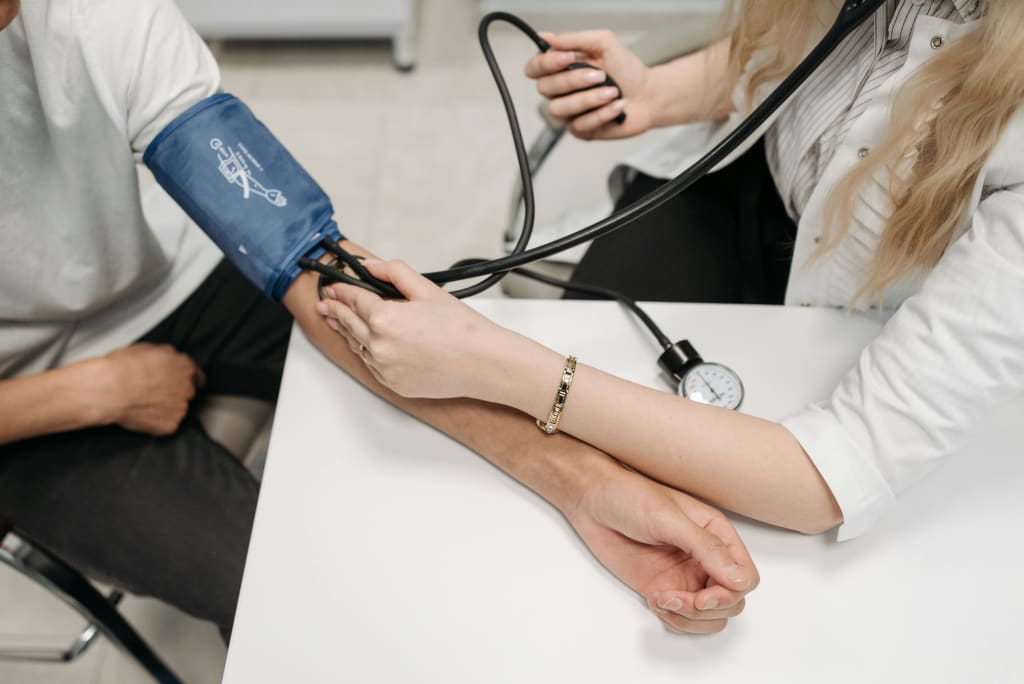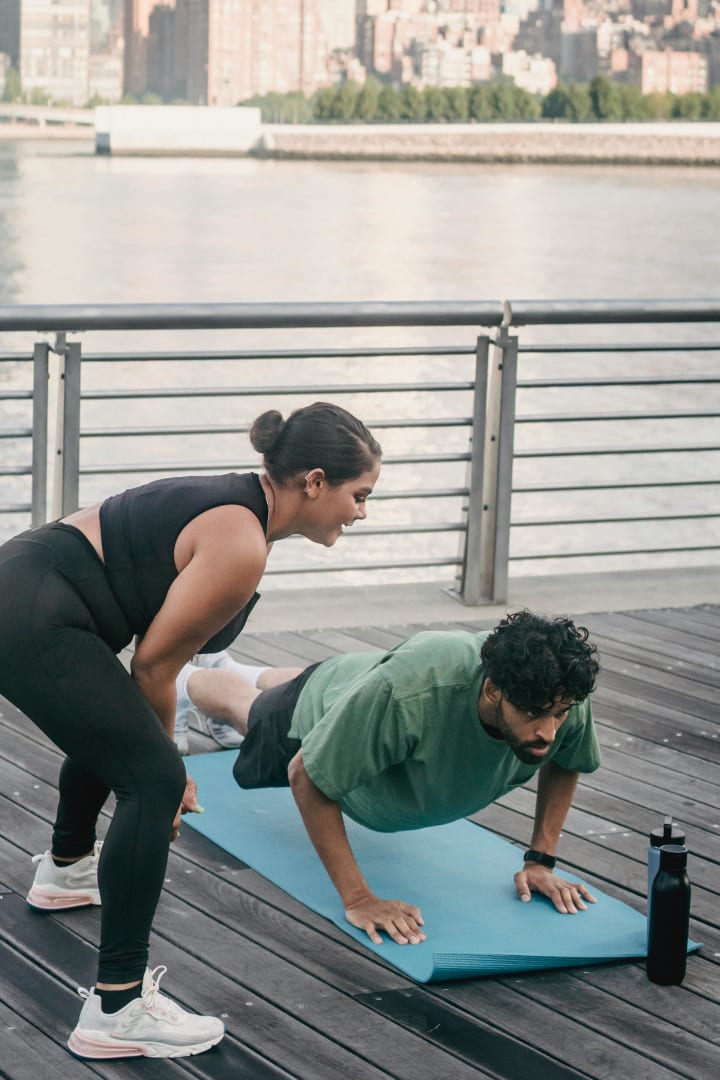How to Exercise for Lower Blood Pressure
It is not the type of workout you choose that matters, but how you perform it.

More over half of all adults in America suffer from hypertension. It is a leading cause of stroke and heart attack, with no clear early warning signs.
Working out is one of the best methods to prevent and control high blood pressure (together with a healthier diet). That's because regular exercise causes your body to create new capillaries.
"It's like producing extra release valves for your heart," said John Bauer, the International Sports Sciences Association's education content director. "So there's less pressure on the existing blood vessels."

But what exercises are most effective? Numerous studies have showed that yoga, wall sits, and aerobic exercise are very effective at decreasing blood pressure.
Tai chi is another moderate, low-stress exercise that some research suggest is particularly beneficial for hypertension. "Any exercise will help, but it's the framework you put around it that matters most," says Dr. Lili Barouch, director of sports cardiology and associate professor of medicine at Johns Hopkins University.
This framework should adhere to a few guidelines on intensity, frequency, and effective warm-ups, as well as regular visits with your doctor. Blood pressure increases can result in medical problems, while other impacts are more subtle. If you feel lightheaded or dizzy, stop immediately and consult a doctor.
Blood Pressure Dos and Don'ts
If you have elevated blood pressure and are new to exercising (or out of practice), Mr. Bauer recommends a lengthier warm-up than you would usually.
Spend at least 10 minutes at that reduced intensity, with a perceived exertion level of around three out of ten.
Tai chi is an excellent approach to engage in heart-healthy exercise without using any equipment.
According to one recent study, it is even more beneficial at managing blood pressure than aerobic workouts. Credit...Isabelle Zhao for the New York Times
"If you go right from resting to working, you'll have a bigger spike in heart rate and also blood pressure," he stated.
But don't be scared to increase your heart rate once you're ready. "Unless you have severely elevated blood pressure, it's OK go for a vigorous walk, for instance," stated Dr. Barouch. This could also include walking quicker, traveling a trail, or carrying weight.
Instead of focusing solely on your heart rate, consider how your body feels. This is especially important if you are using blood pressure medication, as some may impair your heart's response, throwing off your goals.
If you are concerned about your blood pressure and are new to fitness, avoid high-intensity interval training, which generates more rapid swings in your heart rate and blood pressure.
Dr. Melissa Tracy, a cardiologist at Rush University Medical Center in Chicago, recommends avoiding workouts that require you to quickly get up and down from the floor, such as burpees.
"Burpees require a lot of muscles and changing positions, and you might not breathe properly through them," she stated. Burpees, on the other hand, can be a long-term objective with regular exercise and normal blood pressure.
The same is true for severe weight lifting, during which you may unwittingly hold your breath due to your exertion, Dr. Tracy explained.
"If you're hypertensive, you decrease the blood returning to your heart and your blood pressure can drop," she said. "When you release the breath, your heart rate then shoots up and your blood pressure can overshoot."
Once your body has adapted to exercise, progressively raise the difficulty of your routine to allow for continuous improvement. "Over time, you can start picking up the pace, swinging your arms, adding inclines or finding other ways to increase your heart rate," said Dr. Tracy.
After your workout, spend some extra time to cool down, enabling your heart rate and blood pressure to return to normal levels.
In general, strive for at least 30 minutes of exercise per day, unless it is difficult to accommodate into your schedule. "If you need to break it up into smaller increments, like 10 to 15 minutes, you can still see some improvement to your blood pressure," said Dr. Barouch.
Once you've gotten used to exercising for 30 minutes at a time, increasing your workout time to 60 minutes may improve your blood pressure. "After that, there's no harm, but probably no additional value as far as blood pressure is concerned," said Dr. Barouch.
Setting goals.
The Centers for Disease Control and Prevention recommend that you engage in at least 150 minutes of moderate aerobic activity, 75 minutes of strenuous aerobic activity, or a combination of both each week.
That may be your aim, but as you begin your workout routine, attaining that level may be unrealistic. "For some people, exercising several times a week isn't even in play at the beginning," said Bauer.
And, while you may be tempted to fit all of your exercise into the weekend, this is not the greatest strategy to lower your blood pressure. Instead, attempt to move your body on most days. "That's a more effective approach than being a weekend warrior," Dr. Barouch explained.
Finally, if you have hypertension, you should contact with your doctor before beginning any new fitness regimens, and keep in mind that not everyone can control it only through lifestyle modifications.
However, if you follow a steady exercise plan, your blood pressure can begin to drop in as little as four weeks. Research has not definitively established that one type is superior than another, so choose the exercise that you enjoy the most - you'll be more likely to persist with it.
About the Creator
Enjoyed the story? Support the Creator.
Subscribe for free to receive all their stories in your feed. You could also pledge your support or give them a one-off tip, letting them know you appreciate their work.





Comments
There are no comments for this story
Be the first to respond and start the conversation.